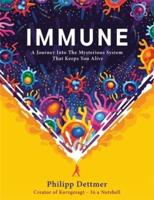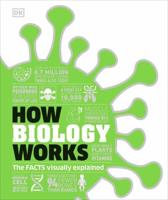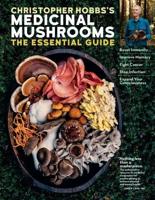Publisher's Synopsis
The pineal is regarded as an ontogenic and evolutionary point of departure for research on the causes of senescence, suppported by "in vivo" experimental evidence, such as pineal cross-transplantation. Among the findings reported here, that reinforce the concept of the "central clock", is the unique ability of melatonin to keep dangerous hydroxyl radicals under control. In addition, studies on the effect of caloric restriction and nutritional factors are building blocks in the understanding of how and why we age and develop cancer, together with other studies such as: the role of ubiquitous zinc and of extra-pineal melatonin; the disruption of biological rhythms; ultra-structure in brain diseases and dementia; the transacting factors as key regulatory proteins that mediate families of stress response genes; the "aging antigen"; the "mother steroid" DHEA during aging; the role of protein kinase C; the loss of D2 dopamine receptors during aging; brain amyloid formation; the role of cell cycles and cyclic AMP; the pineal peptides; and the decay of central neuro-endocrine-immune functions during aging.












